Deck & Commander Strategies
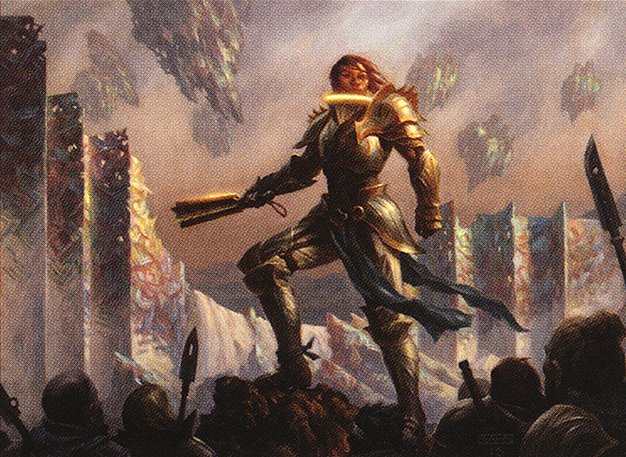
General Tazri
Utilizes the Food Chain combo to exile creatures for mana generation and cast infinite spells or creatures, aiming to win by infinite mana or damage combos.
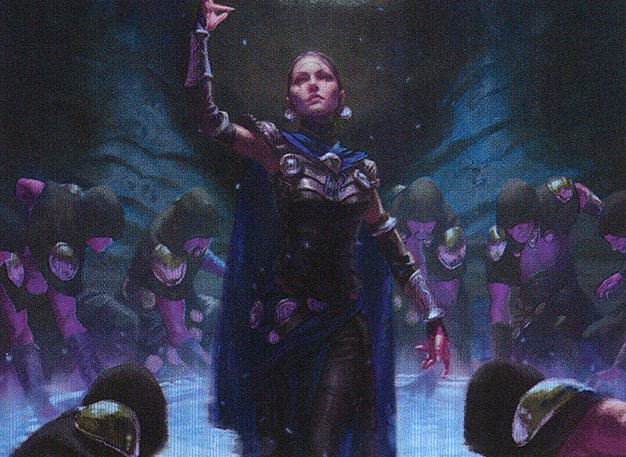
Inalla, Archmage Ritualist
Leverages wizard tribal synergies and token generation to generate value and protect combo lines, often aiming for combos involving wizard triggers.
4 Color Rashmi
Focuses on value-based spells and incremental advantage through Rashmi’s triggered draws, controlling the board while setting up for a big combo or lock.
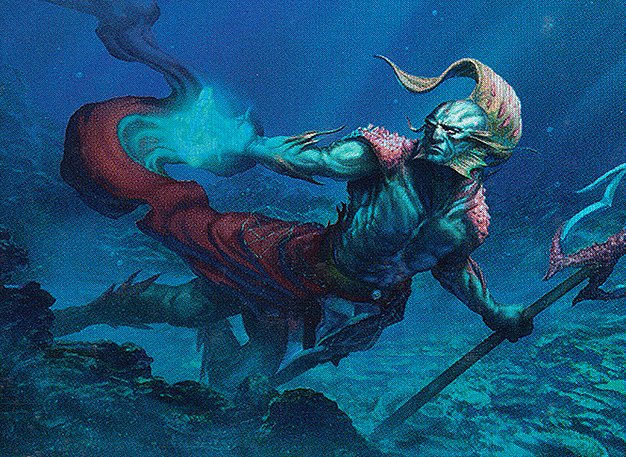

Thrasios, Triton Hero and Tymna the Weaver (E MAN)
A control-oriented deck that uses disruption, card draw, and incremental advantage to outvalue opponents and set up a winning line through slow, methodical play.
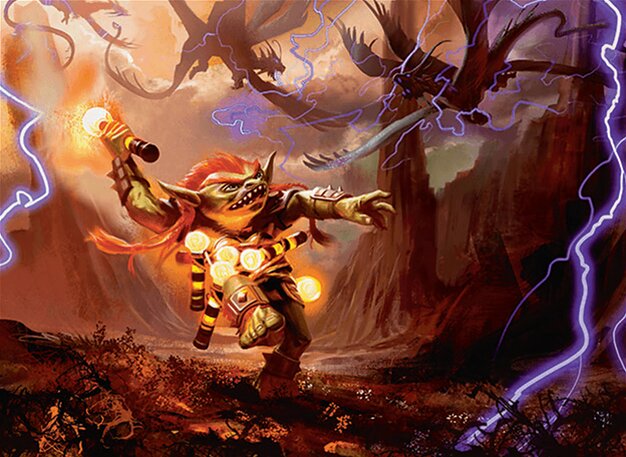
Vial Smasher the Fierce (partner commander with Thrasios)
Aggressive early damage dealer that pressures opponents and disrupts their plans, often pushed to be removed early to prevent further damage.
Gameplay Insights
- 1
Early removal of Vial Smasher through Swords to Plowshares was a critical disruption that slowed aggressive damage output and combo pressure.
- 2
A well-timed Silence spell effectively hindered Food Chain Tazri’s attempts to cast key spells, buying opponents valuable time.
- 3
Players used incremental card advantage engines like Mystic Remora and Keen Sense to maintain resources and outlast opponents in prolonged interactions.
- 4
The dynamic between players was marked by attempts to bait out counterspells or removal early, illustrating the balance of aggression versus control in cEDH games.
- 5
Despite multiple disruptions, the Food Chain player remained a constant threat, forcing opponents to prioritize interaction and shaping the flow of the game.
Notable Cards
-

Food Chain
-

Vial Smasher the Fierce
-

Swords to Plowshares
-
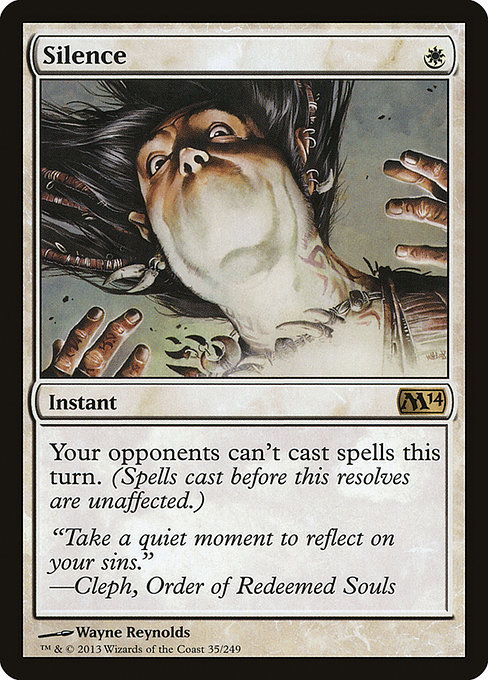
Silence
-
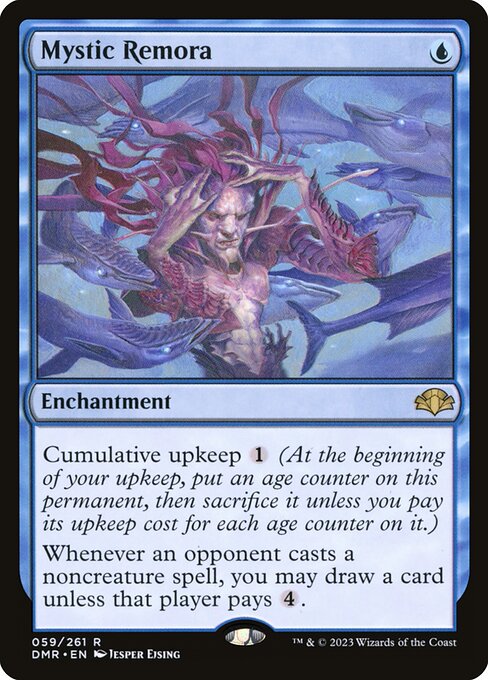
Mystic Remora
-
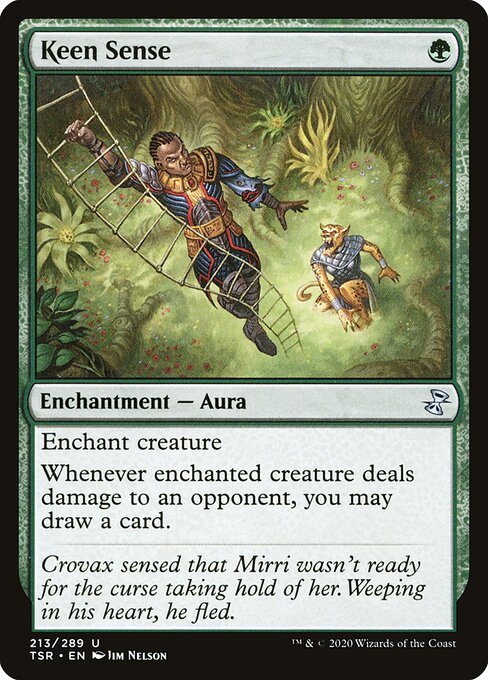
Keen Sense
-
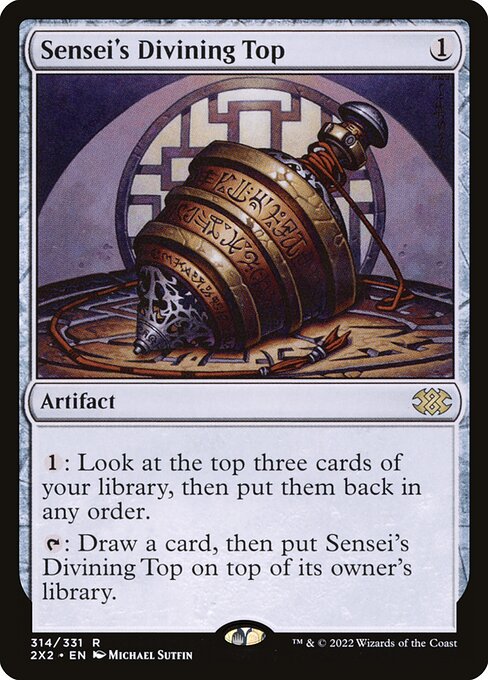
Sensei's Divining Top
-
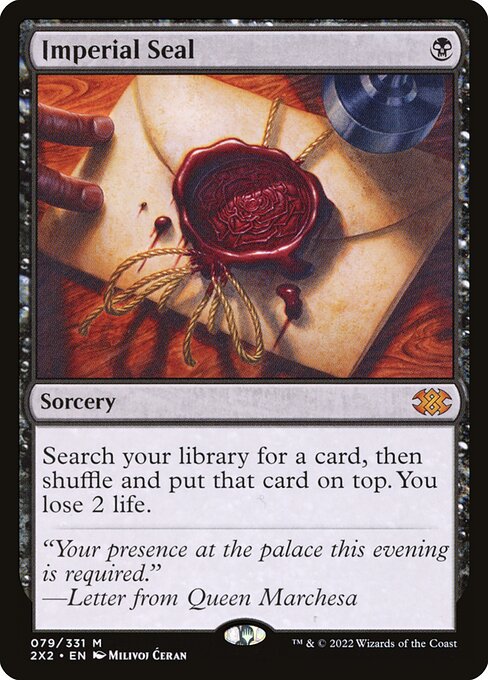
Imperial Seal
-
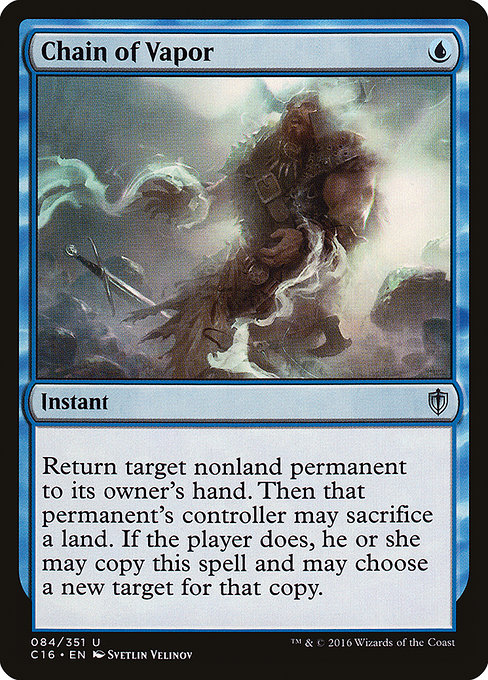
Chain of Vapor
Gameplay Summary
The game begins with a typical multiplayer setup, featuring four distinct and competitive cEDH decks vying for control.
Early turns focus on developing mana bases and setting up key pieces, with players using tutors and interaction spells to disrupt each other.
The Food Chain Tazri player aims to assemble a combo involving Food Chain, while the other decks—including Inalla Wizards, 4-Color Rashmi, and E MAN—establish their own engines.
Vial Smasher’s aggressive early presence forces opponents to respond with removal and counterspells.
Key plays include a well-timed Swords to Plowshares targeting Vial Smasher and a well-placed Silence that slows down Food Chain’s combo attempts.
Throughout the game, players carefully navigate through counterspells, bounce effects, and resource denial to slow each other down while building toward their win conditions. A pivotal moment arises when the Food Chain player is disrupted by interaction from multiple opponents, notably with removal on Vial Smasher and counterspells on spells to protect the combo.
Meanwhile, the other decks leverage their card advantage engines and incremental value—such as Mystic Remora triggers and drawing effects from Keen Sense—to maintain pressure.
The game features a series of exchanges where players try to bait out responses and capitalize on opponents’ misplays, especially around prioritizing control early versus letting combo decks go off.
The dynamic tension between aggression and control shapes the midgame, with the eventual outcome hinging on who can best protect their combo pieces or land a decisive lock first.





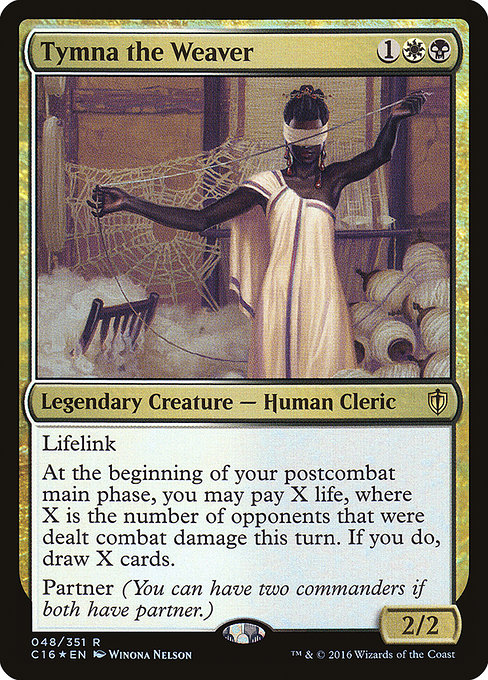




























![Commander VS S5E5: ??? vs ??? vs ??? vs ??? [MtG Multiplayer] thumbnail](https://i.ytimg.com/vi/IoN5gMmHpbg/sddefault.jpg)
![Commander Vs S2E3: Ayli vs Kozilek vs Tazri vs Mina and Denn [MtG: Multiplayer] thumbnail](https://i.ytimg.com/vi/bGHd9YWbpCM/sddefault.jpg)



